Once it was time to choose our own independent project I was super nervous but really intrigued. I had already had a few things in mind as to what I wanted to test but I had to change direction a few times. My project was on “How erectile Dysfunction medication affects female fertility and development”. Crazy right? Yes, I know, but very interesting. I wanted to test something out there and on a subject most people aren’t comfortable with. I also wanted my independent project to be about something that was important. To sum things up, I tested female fertility by using the female fertility assay. I first administered my drug which was called “Rhino 69” to my flies and then let them feed. I then used grape plates and agar to get my females to lay their eggs. Finally I was able to quantify the number of embryos, hatchlings, and embryos laid per female. To be completely honest that's not even half of what I learned in the TRIP lab. I learned to be more independent. That's really important. I learned that it's okay to fail but it's NOT okay to quit. There were a few instances in which my patience was tested, such as when my flies woke up from CO2 anesthesia and flew away. More importantly, I learned to keep my head up and keep going, even when it’s hard. I learned to communicate with others better. Most importantly, I was able to narrow down my career path. I had known that I wanted to work in medicine and that I wanted to help people. There are so many ways to do just that. Working in the lab made me realize that I definitely want to be a surgeon or doctor. Although the lab was really fun and I appreciate the valuable experience, I now know I do not want research as my career.
0 Comments
Overall, TRIP has been an amazing experience! Not only have I learned about research and science, but also about how to problem solve and be an effective communicator. I am so grateful for this experience and the opportunity to meet and connect with people who share my passion for science. Thanks so much to Dr. Amanda Purdy, Mr. Robert Herbstritt, my labmates, and all the TAs: Surali Panchani, Tyler Yannuzzi, and Leslie Lopez! I cannot imagine a better way I could have spent my summer.
My project was testing the effects of pomegranate juice and coffee on fly memory.
I appreciate all that TRIP has done for me. I developed my research skills in performing independent projects.
So, for my independent project, I starved flies for two days and allowed them to recover for one week. I tested female fertility right before recovery began after starvation, five days after (a medium recovery time), and seven days after (a long recovery time). I did this by counting the number of embryos that were laid by the female flies, and then finding out how viable the embryos were by quantifying the percent of embryos that hatched in two days. From my results, I found that the flies were essentially infertile before they were allowed to recover from starvation. However, female fertility improved when the flies were given enough recovery time. In fact, the fertility rates of the starved flies returned to the rates of the control flies by Day 7. However, the percent hatching data was inconclusive, as my data suggests that starvation may not have as big of an impact on embryo viability as it did on fertility. I can’t wait to share my experiment with everyone at the symposium!
Hello! I am back to give a final, bittersweet update regarding my independent project as well as my reflections on my time at TRIP. It is amazing how in as little as five weeks, I have acquired more understanding of the techniques and culture of the lab than I ever thought I could obtain before a college experience.
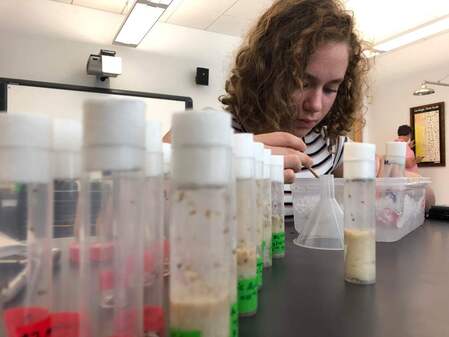 Picking up from my last post, I had just conducted my first female fertility assay, and was eagerly awaiting the results of the percentage of embryos that had hatched, which would dictate the overall embryo viability of each condition. As of now, I have conducted six female fertility assays total, eight vials per assay, and twice ran two assays consecutively. By now, I could probably do these assays in my sleep! Although there were some hardships-- collecting developmental data on a maximum of 32 vials, sorting on ice as not to affect the fertility of the flies, working against time with the two hour incubation period per trial, experiencing two complete failures with two of my trials-- I was able to gather an immense amount of data, and procure some interesting suggestions. I had hypothesized that the use of individual supplements would increase fertility, while combined supplements would reduce fertility, however, was proved slightly wrong. Separately, fenugreek was able to increase both the number of embryos laid and embryos hatched; black cohosh and folic acid decreased fertility. Even in combinations, fenugreek was not enough to counter the negative effects of the other supplements. These findings then lead to more inquiries such as the effects of different concentration levels, how male fertility is impacted, or how these herbal supplements affect flies over generations. Although suggestions at this point, my data demonstrates that the world population must be extremely cautious when it comes to using herbal supplements, especially in combination, and must keep in mind to consume in moderation.
Hello again, thanks for coming back to round two! I have to say that while the last time I wrote a blog I was sure I was winning, this second time around I think the flies have gotten the best of me… for now ;)
Anyways, time to move on to the really fun stuff--my independent project, which is testing the courtship abilities of male fruit flies under exposure to various drugs. Now, I will admit that this wasn’t my first idea; however, after realizing that there were many complications with using CBD as a drug (the cost, the law, and all those other inconvenient things), I decided that I wanted to study and learn about something we hadn’t really discussed during the first few weeks: courting. Male fruit flies have a courtship dance that is identical to every other male’s. This dance involves moves such as “bumping” the female, “singing” a single-winged song, and physically chasing the female. The male continues to do this in order to gain a positive response, or, more simply put, until she agrees to copulate with the him, or, even more simply put, until the two flies have sex (cue candles and “Careless Whisper” by George Michael). Thus, after completing some preliminary research, I settled on how I would apply courtship into my remaining two weeks at TRIP: fruit fly breeding. I noticed that between the beginning and [possible] success of a male’s courtship dance, there is an X amount of time. I decided to explore what different drugs affect this amount of time and came up with using caffeine and alcohol, used both separately and together. If there is a known substance that can essentially decrease the amount of time it takes for a male to receive a positive sexual response from a female, this could possibly be applied to scientists who commonly use fruit flies in their research. If the time it took to produce fruit flies could be lessened, then the efficiency of fruit fly breeding increases. I’m mostly still in the planning stages of this project. There’s going to be a lot of steps for this experiment to be completed right, and I haven’t even begun them! In fact, the other day I sorted my first round of flies into four vials for each condition, but the most challenging thing was actually creating what I’m going to call the “courtship chambers”. There has to be a fairly small space, since I essentially want to force the male to attempt to court the female. This means designing my own chambers for my courtship assay, which has been pretty tough. Turns out cutting glass is harder than it looks, so I’ve decided to try and utilize transparent Legos to build my chambers; however, after a few ideas, I think I’ve figured it out, much to my satisfaction. Below is a video that better explains my various attempts (and, of course, failures!) to create courtship chambers… excuse the poor vlogging skills; my career as a YouTuber has yet to take off, and I’ve been just a bit busy with all these fruit flies.
On Thursday, I began my project by making stock solution with the different types of oils. This turned out to be rather complicated, as the solutions had to be very diluted to account for the flies’ small sizes. After making the solutions and mixing them with the fly food, I sorted my flies and made agar plates. I plan on using the agar plates on Tuesday when performing the Larval Memory Assay. If there is one thing I learned from Thursday, it is how fast time flies when you have a lot to do. I found myself scrambling to finish in time, and had to ask a couple instructors to help (thank you!!). In future sessions, I’m going to try to be faster at the beginning of the session, even if it feels like I have time to spare. Hopefully this way I will be able to complete everything on time. |
Archives
April 2024
Categories
All
|
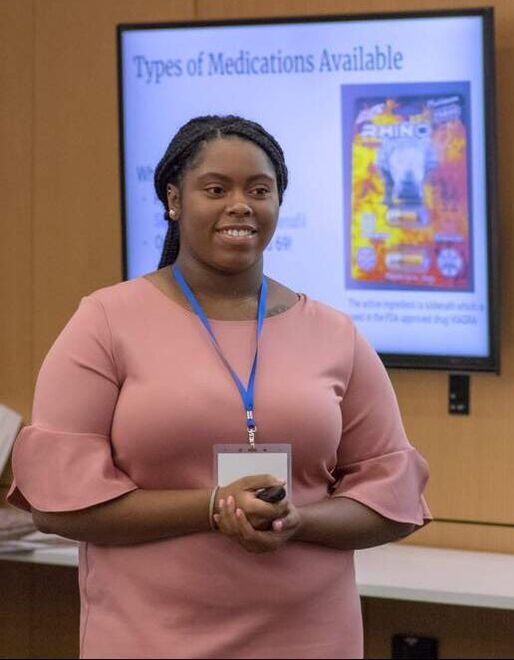
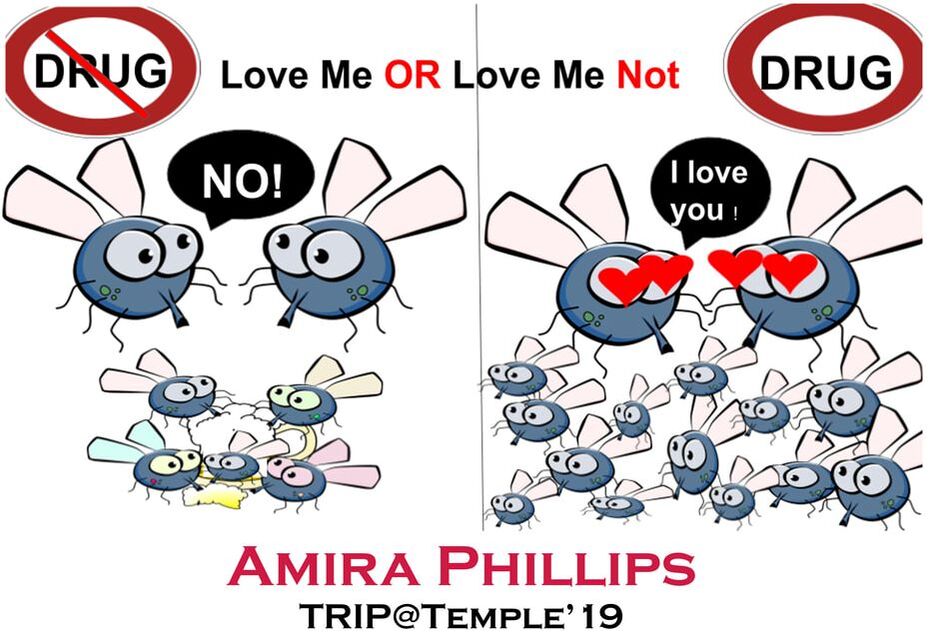
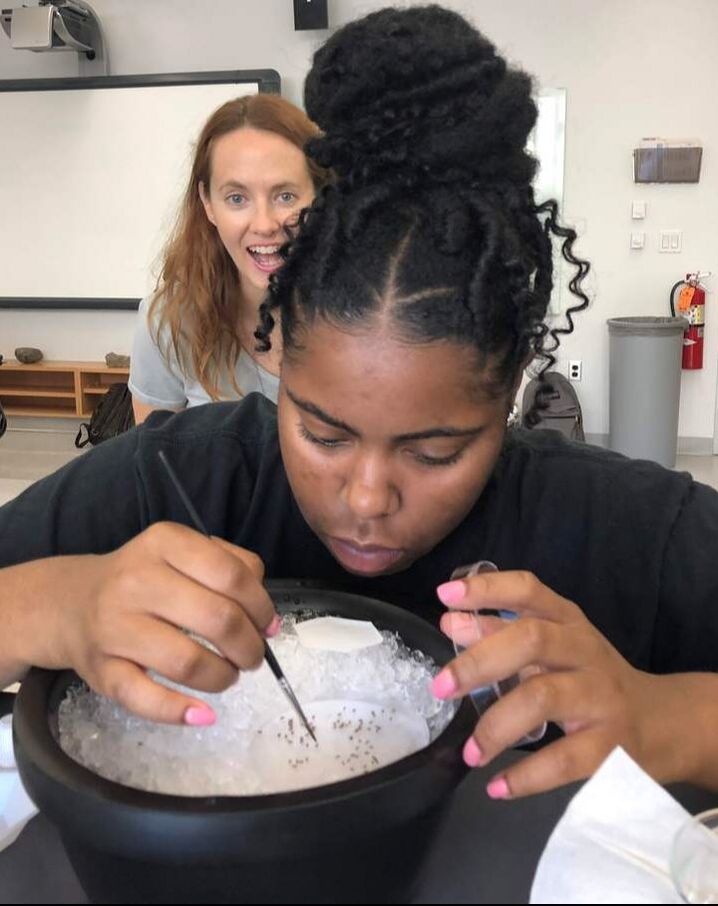
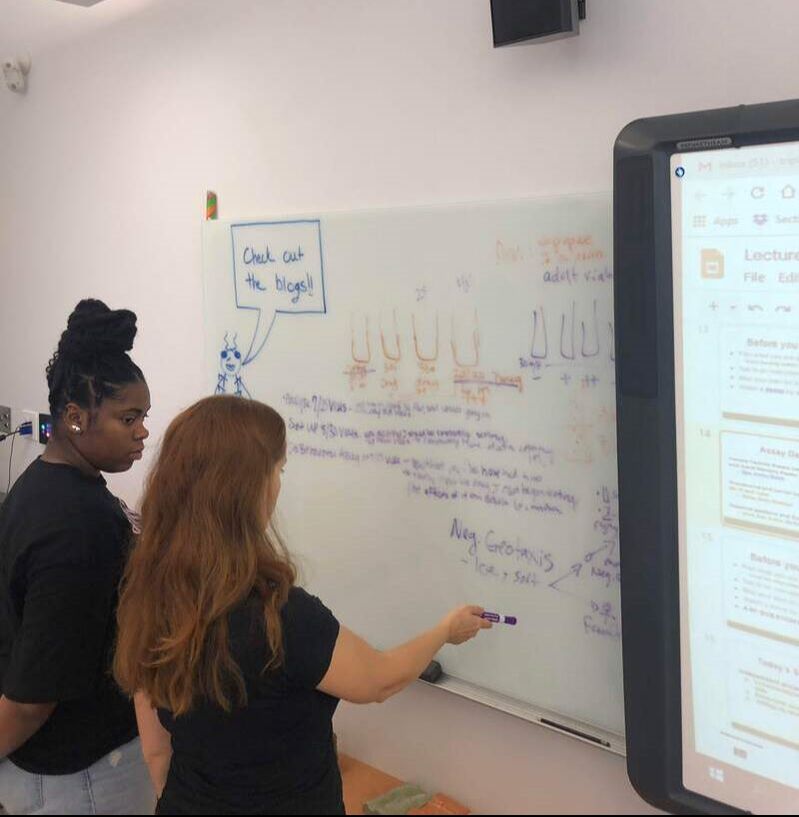
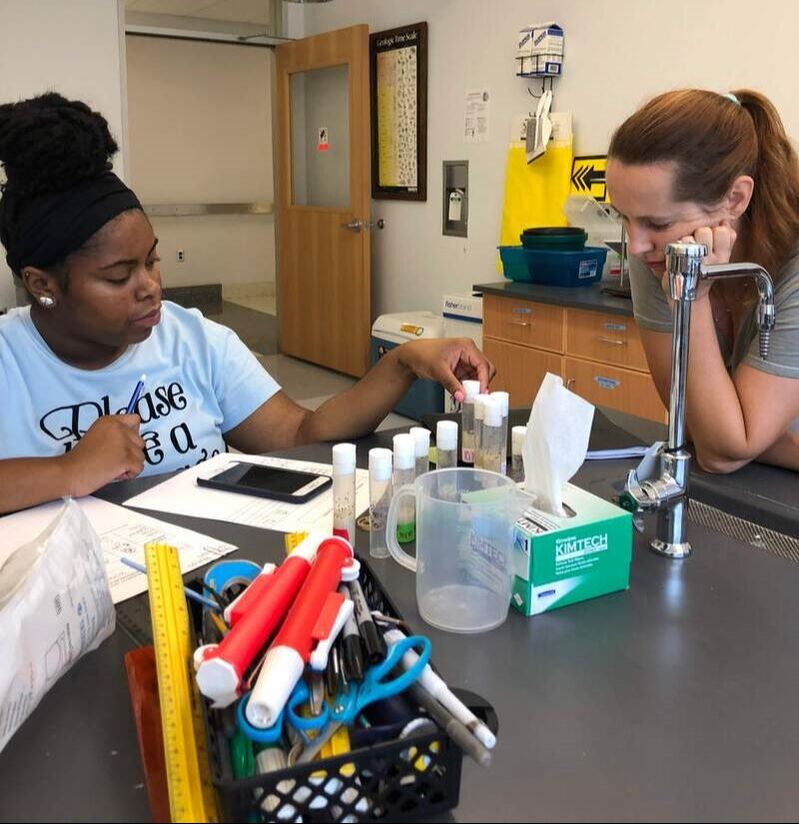
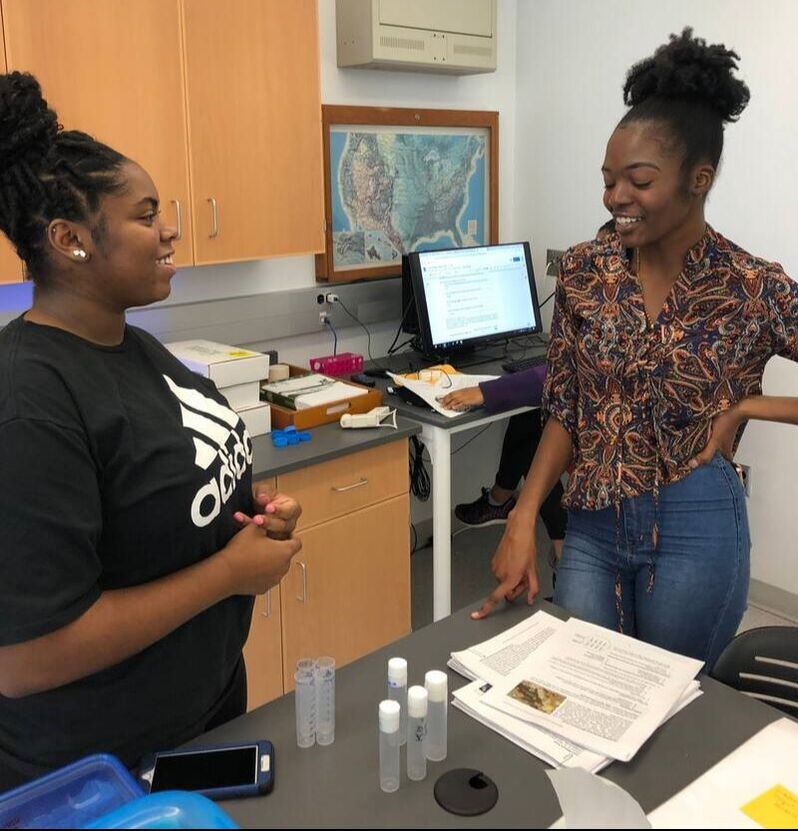
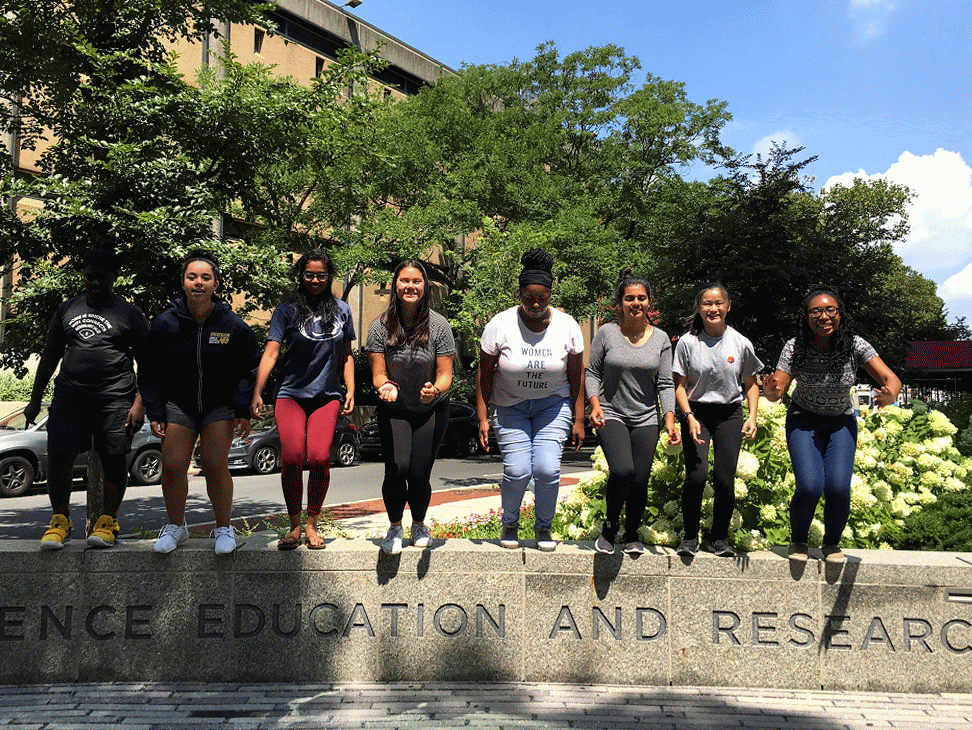
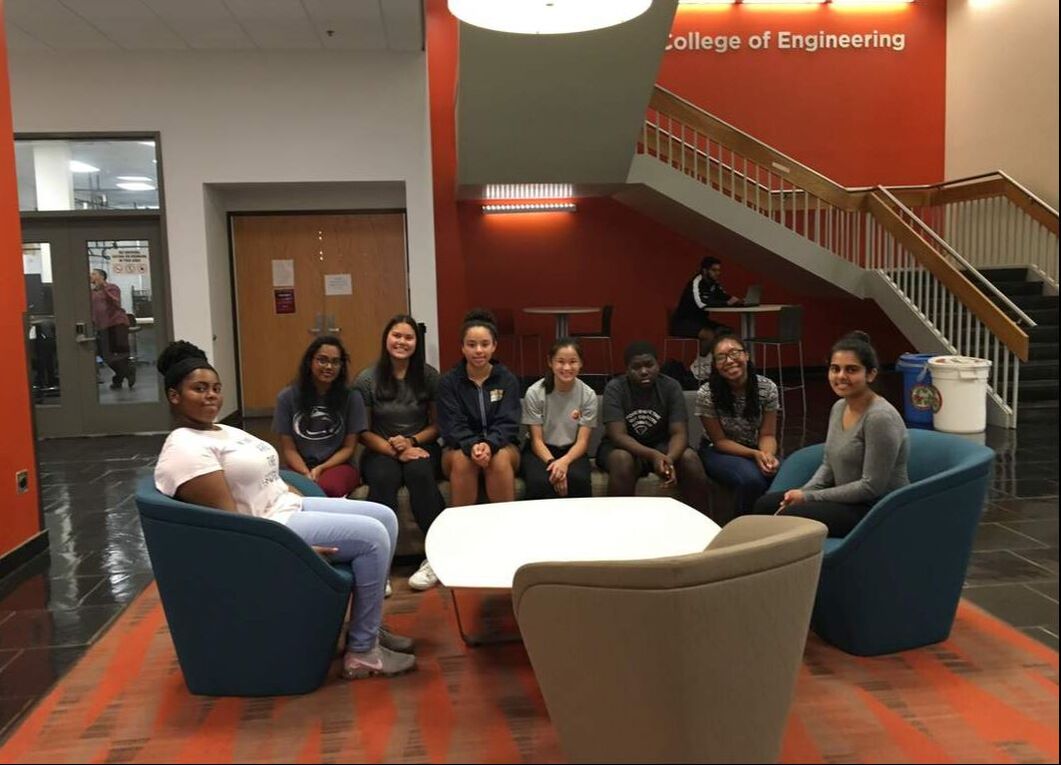
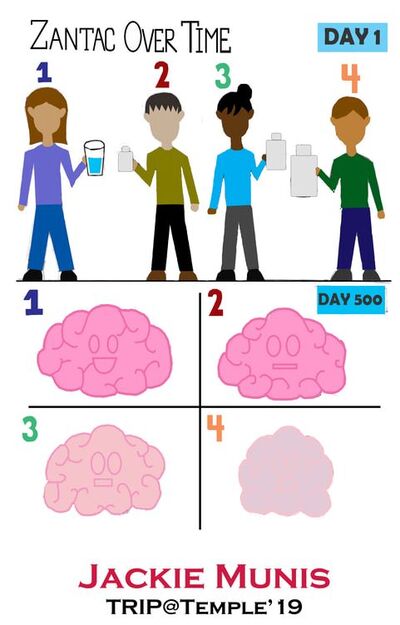
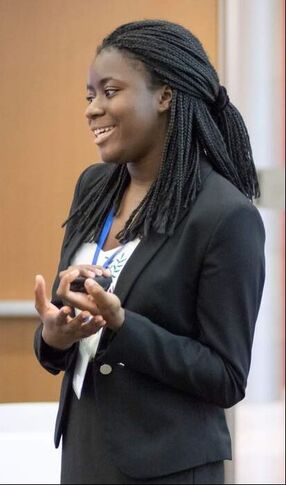
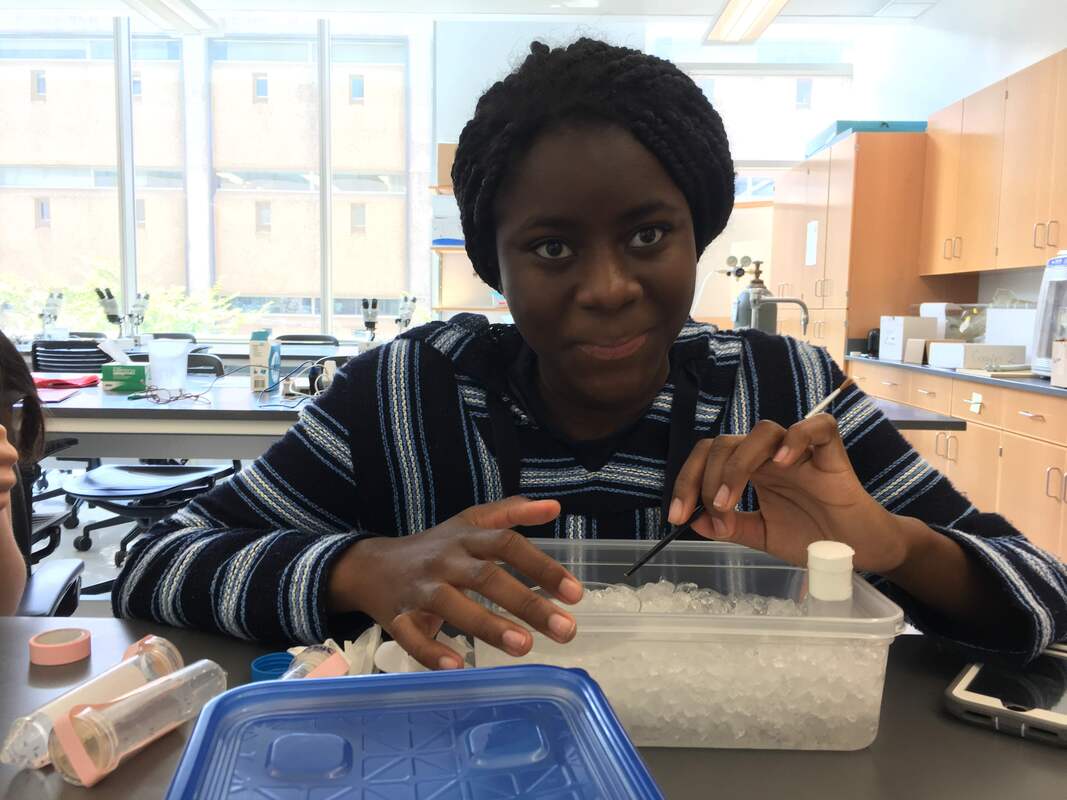
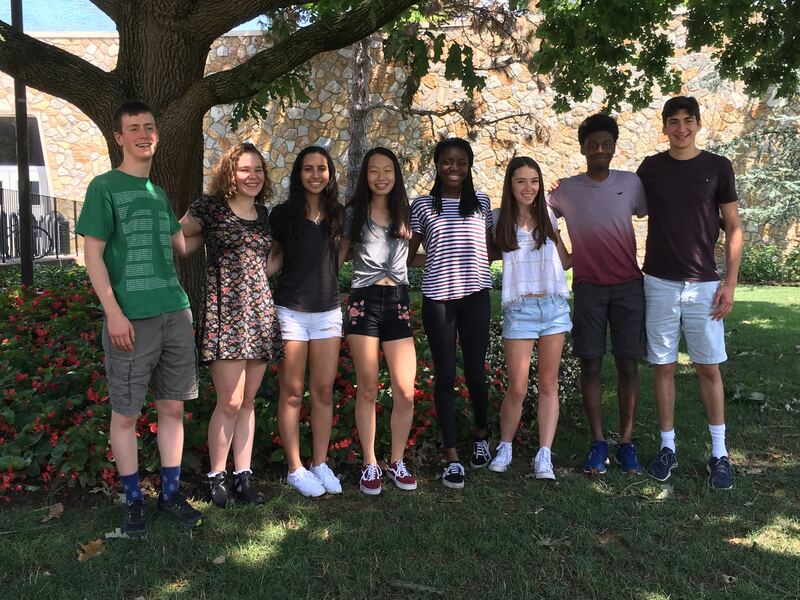
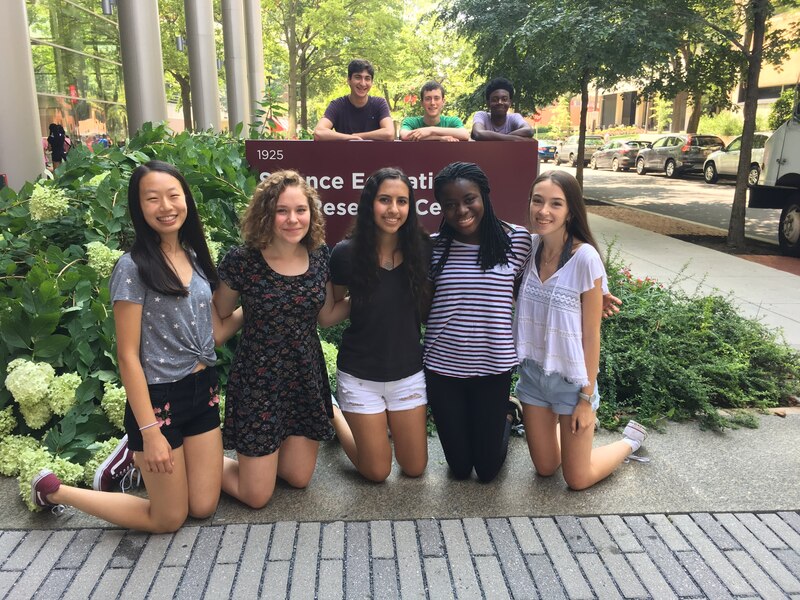
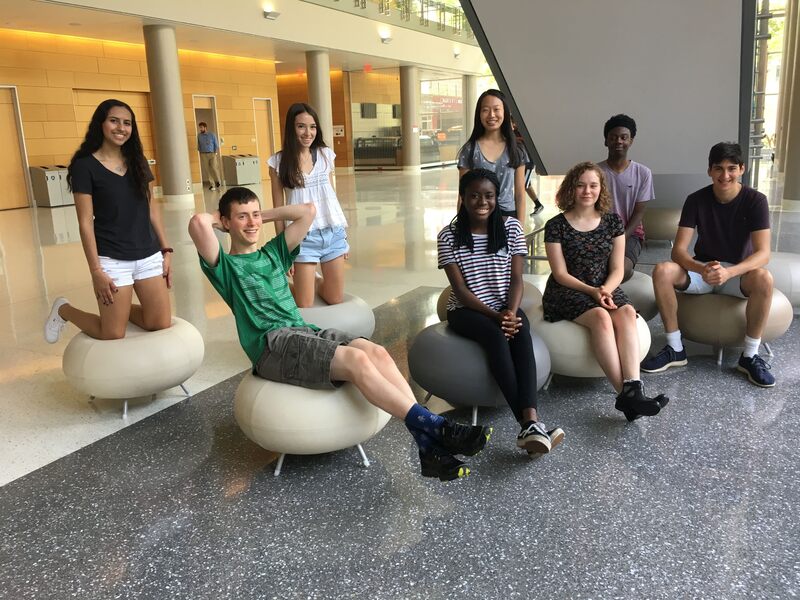
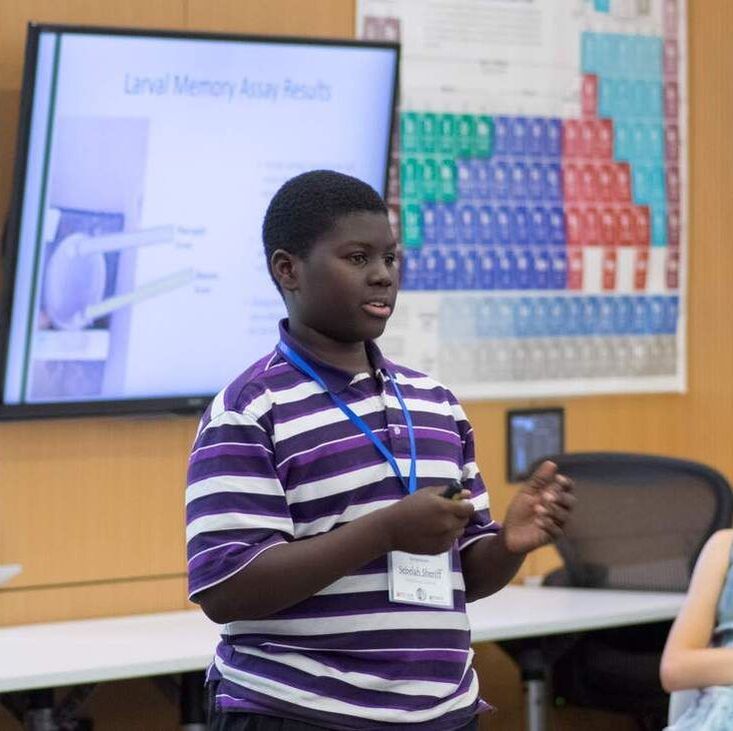
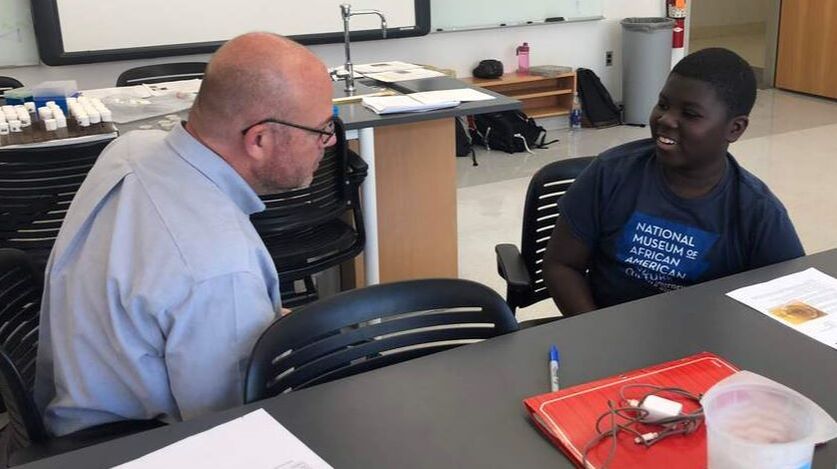
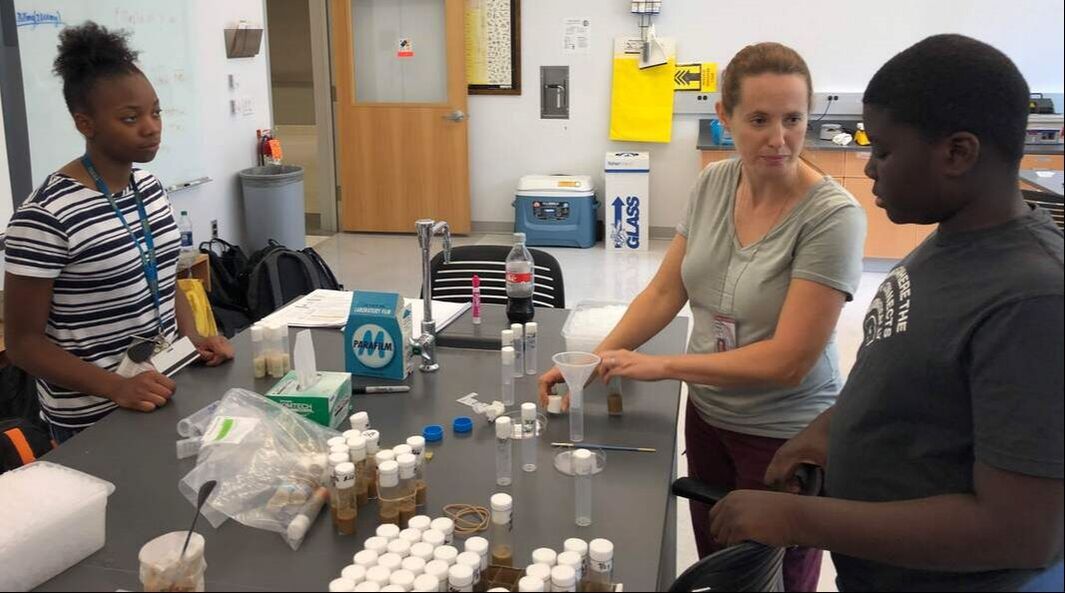
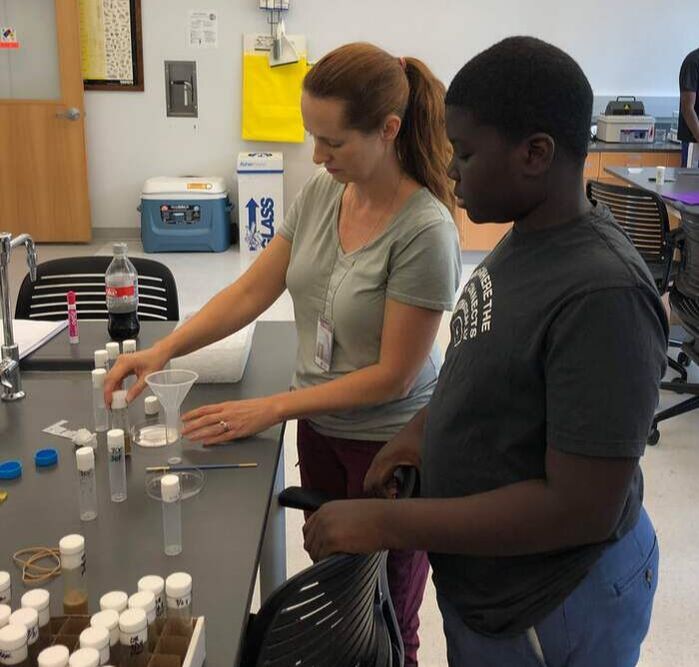
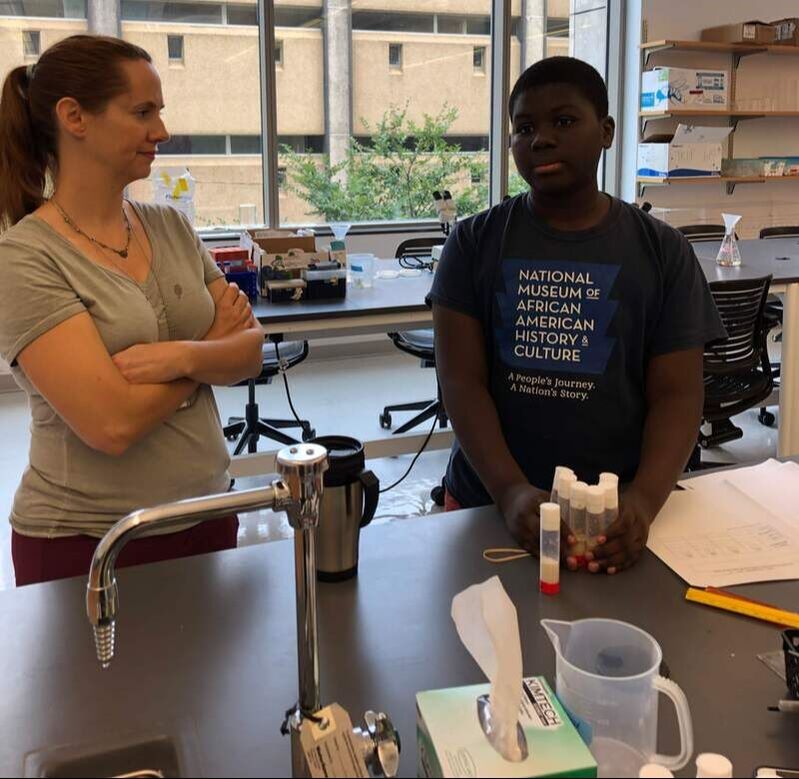
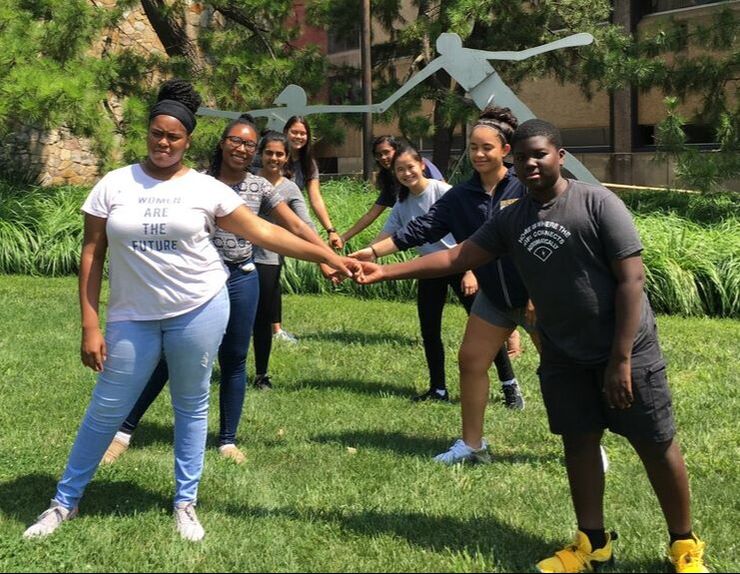
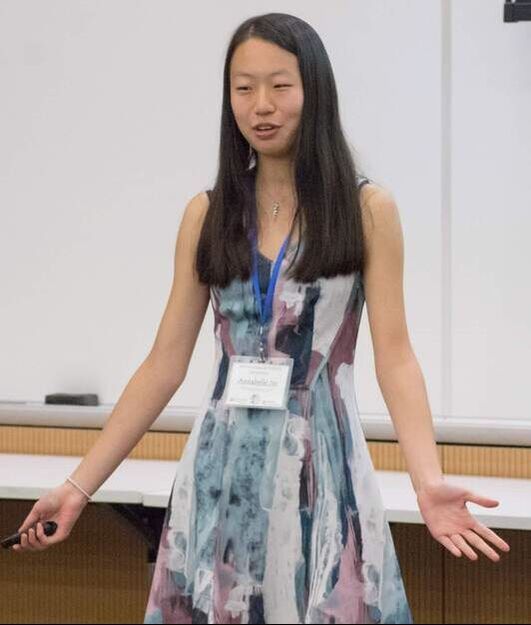

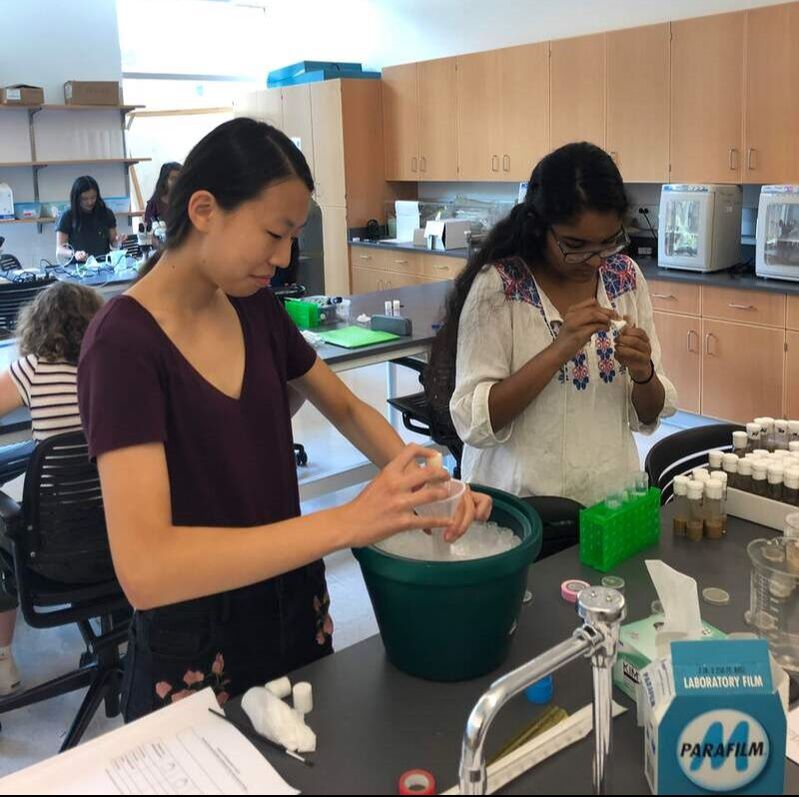
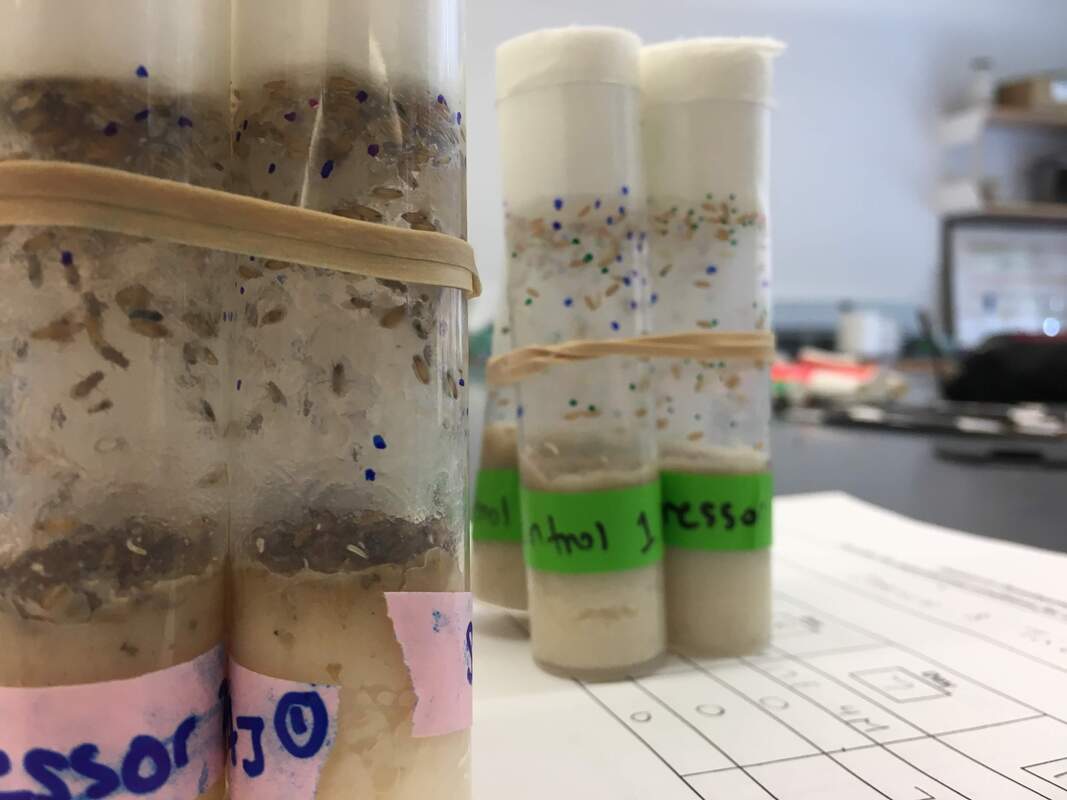
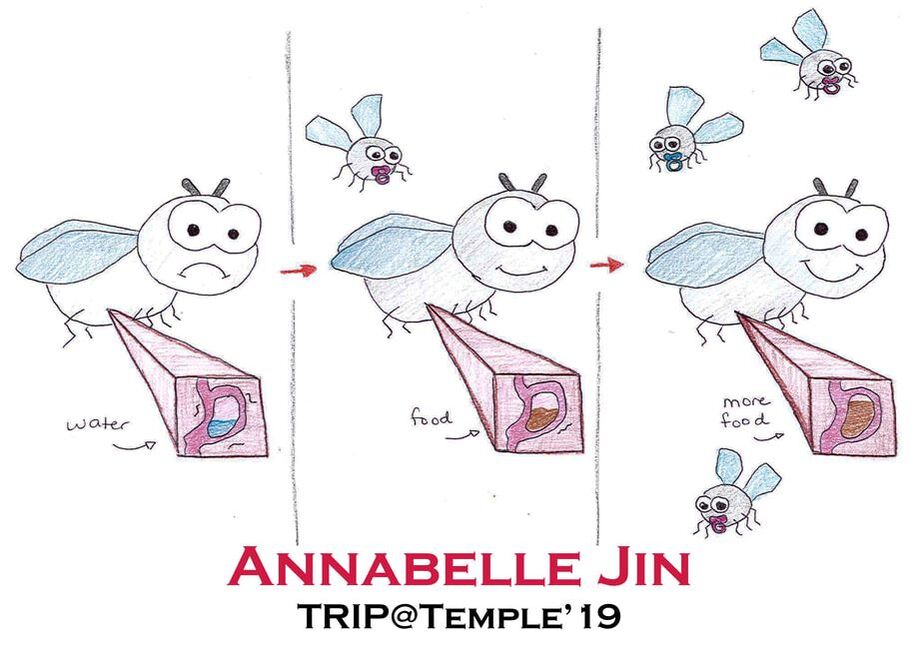
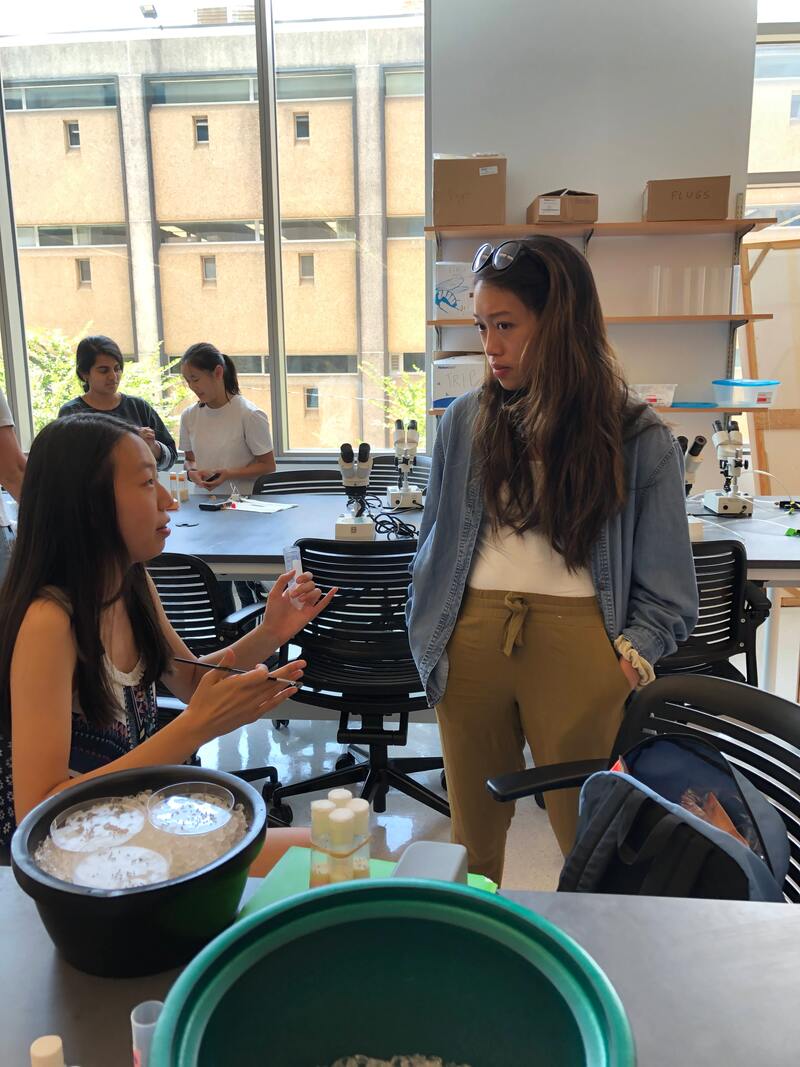
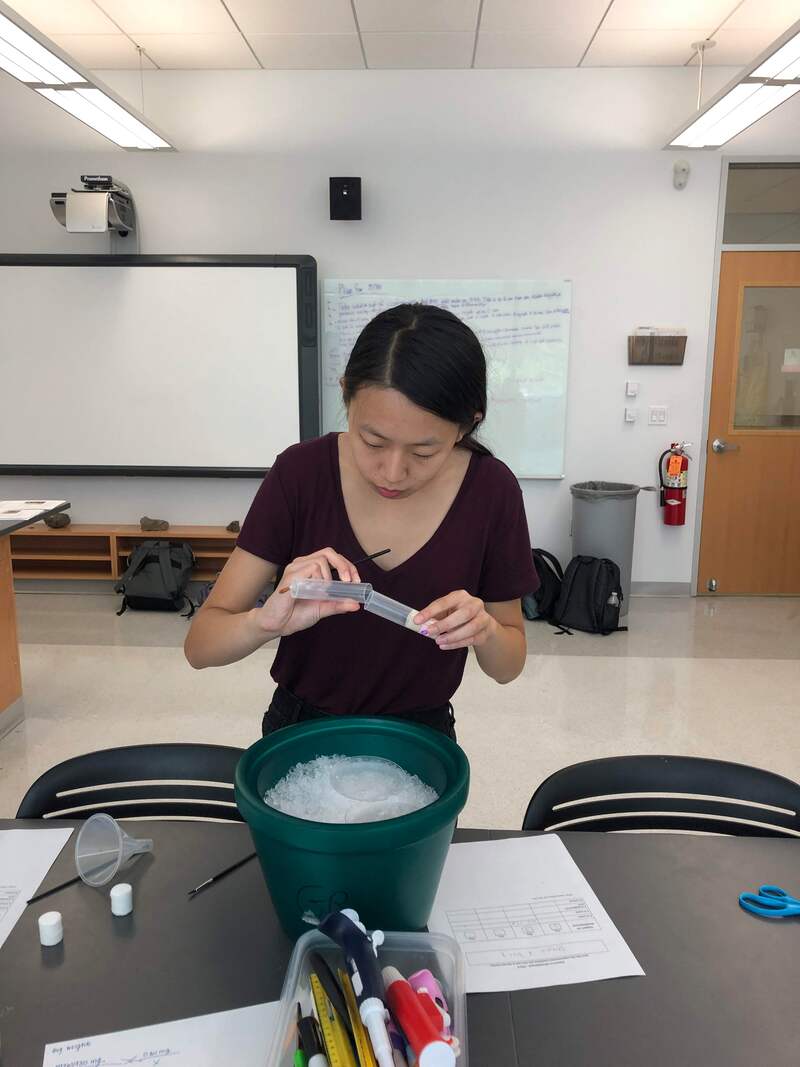
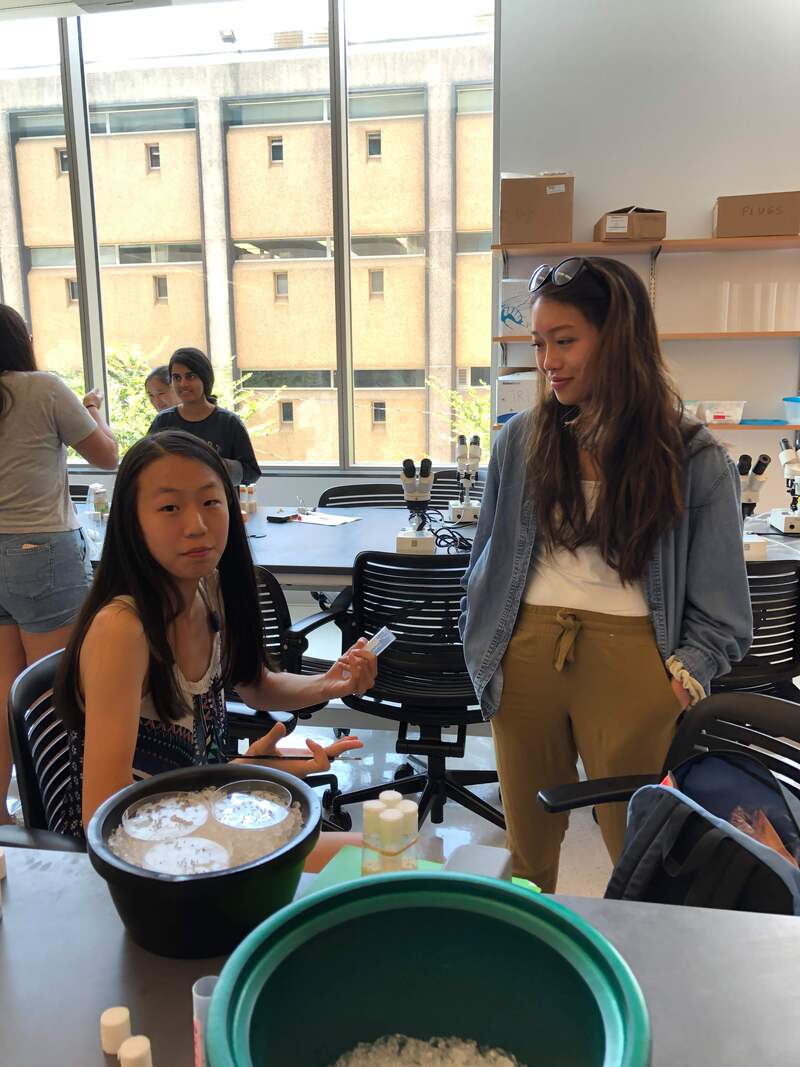
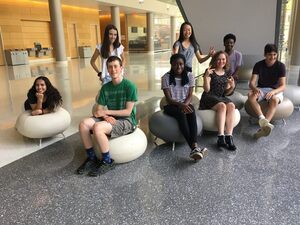
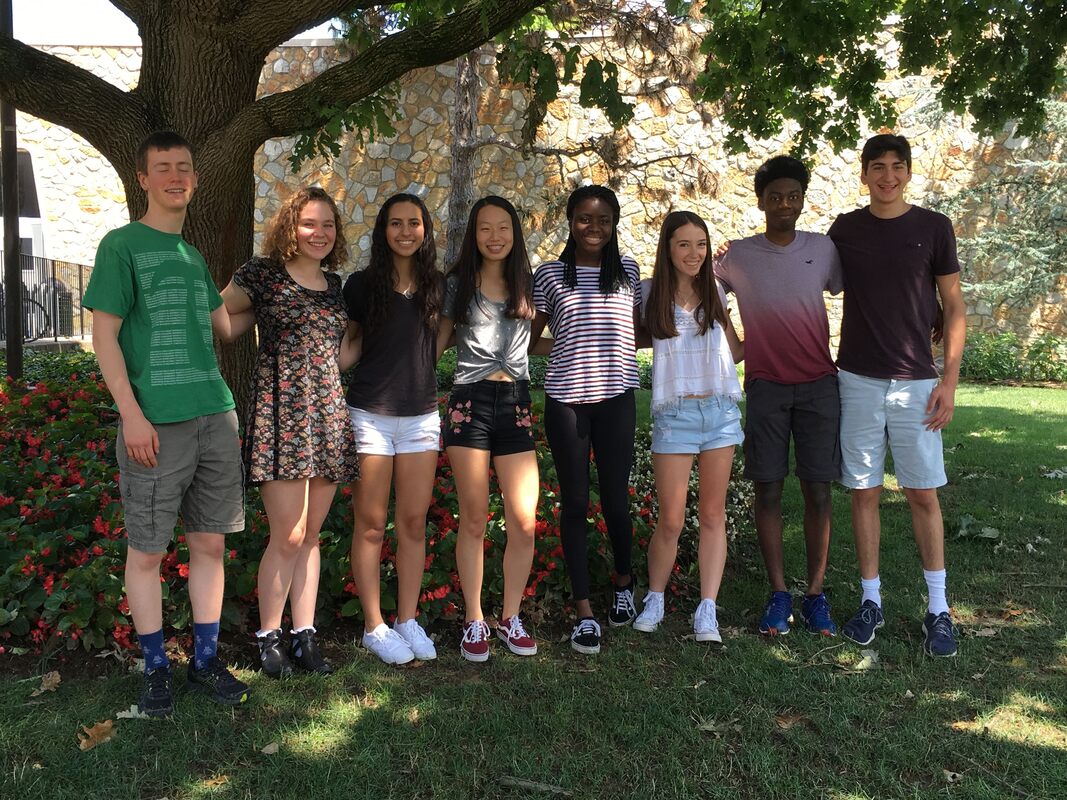
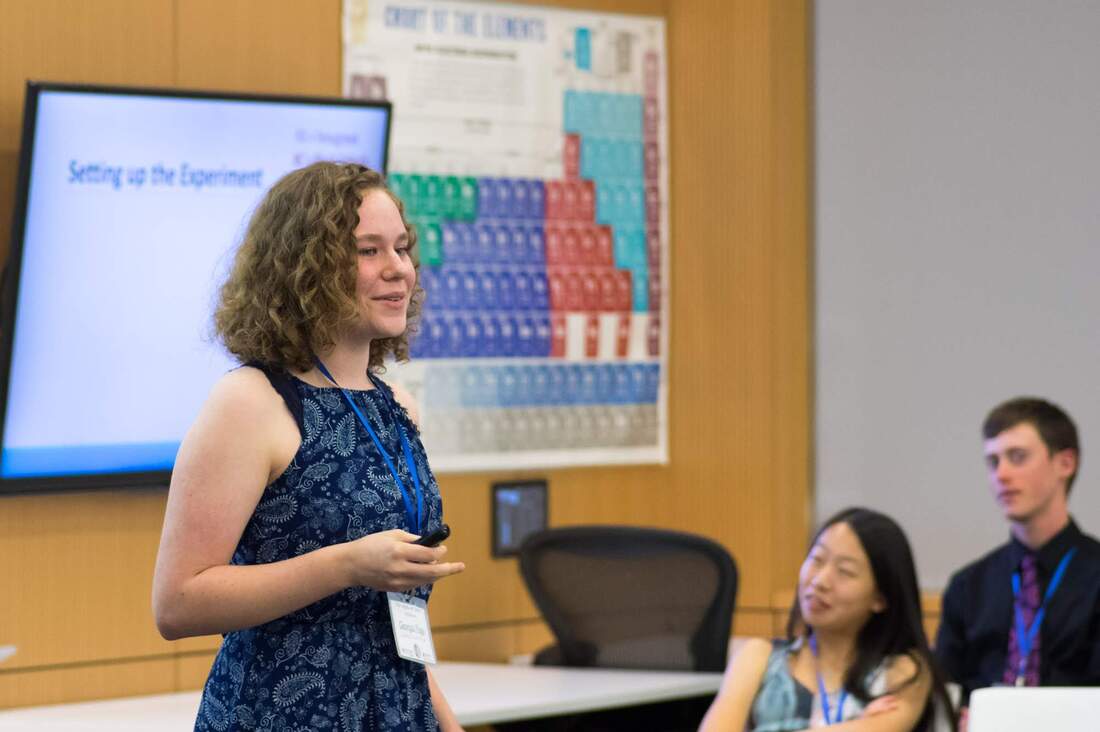

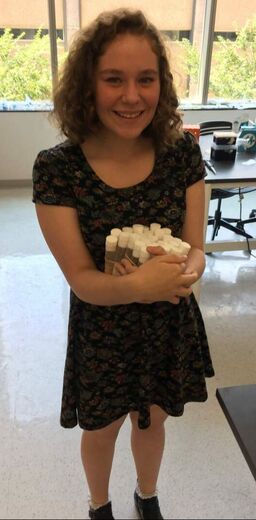
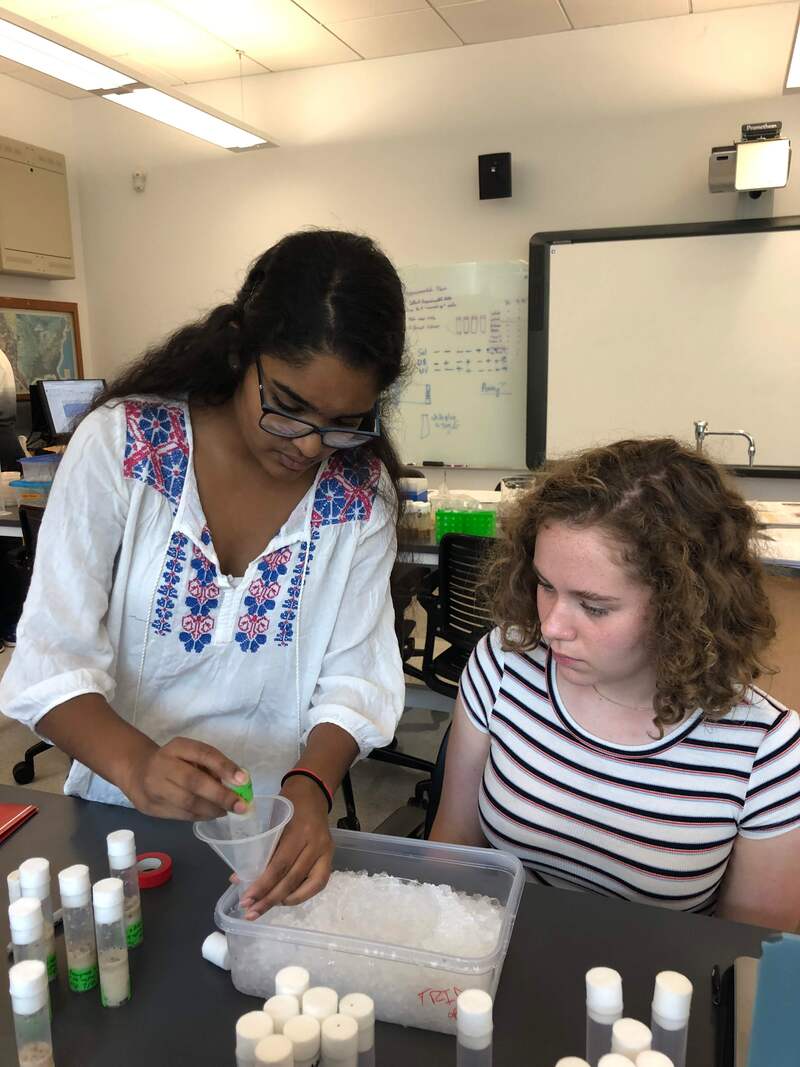
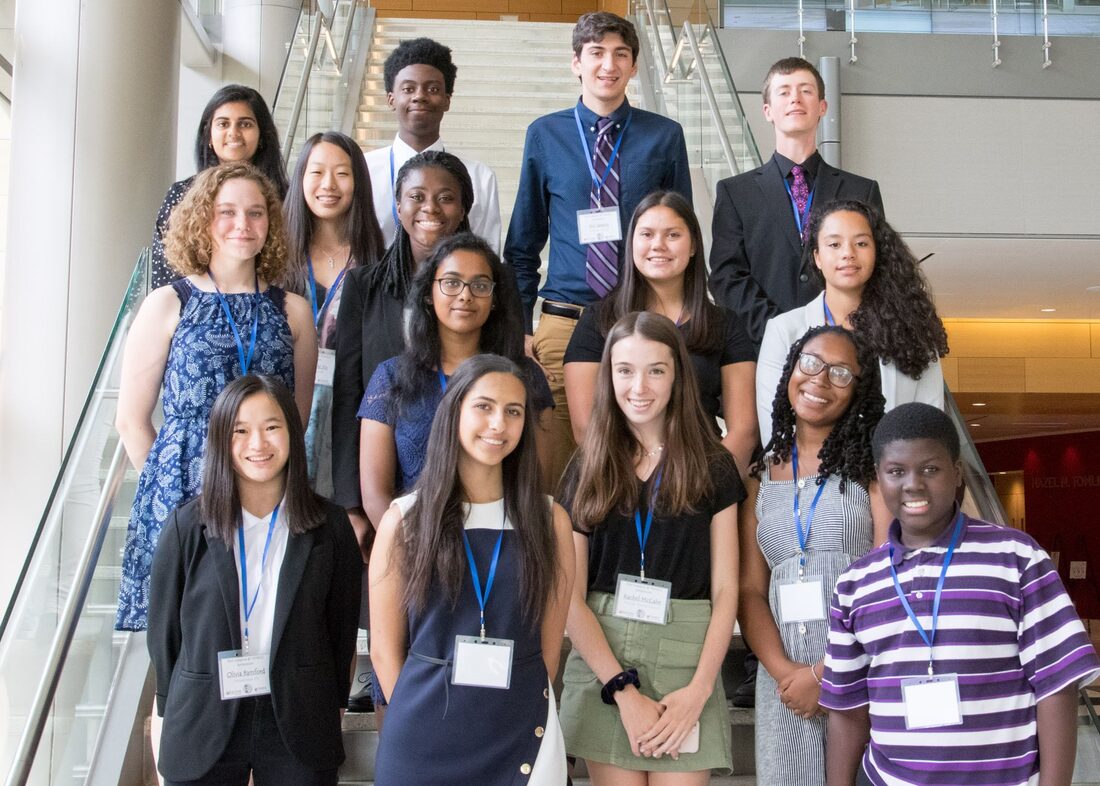
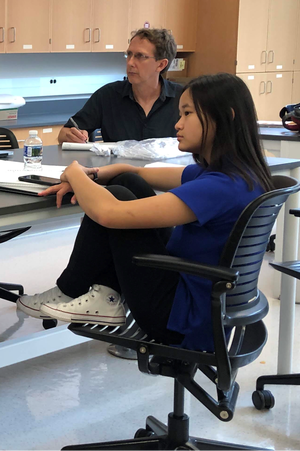
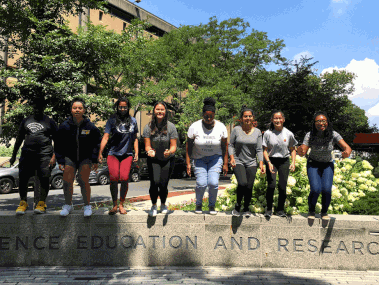
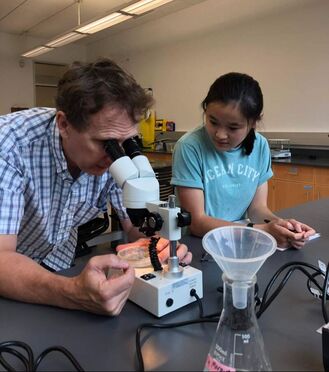
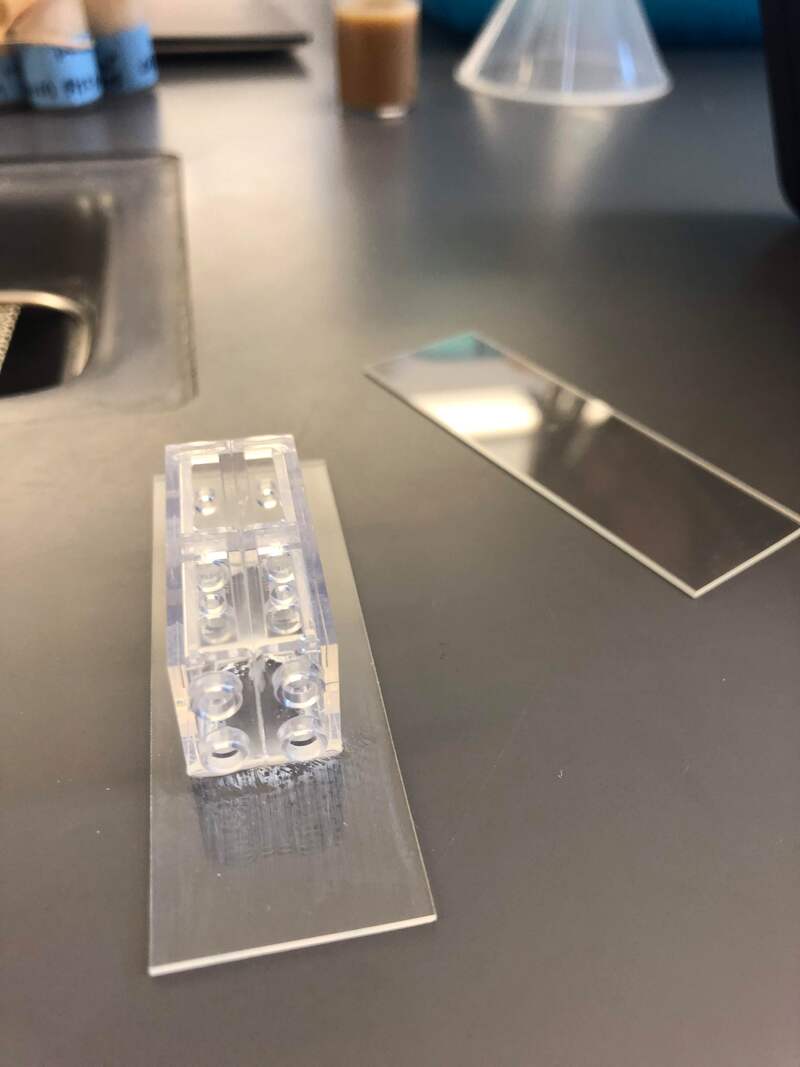
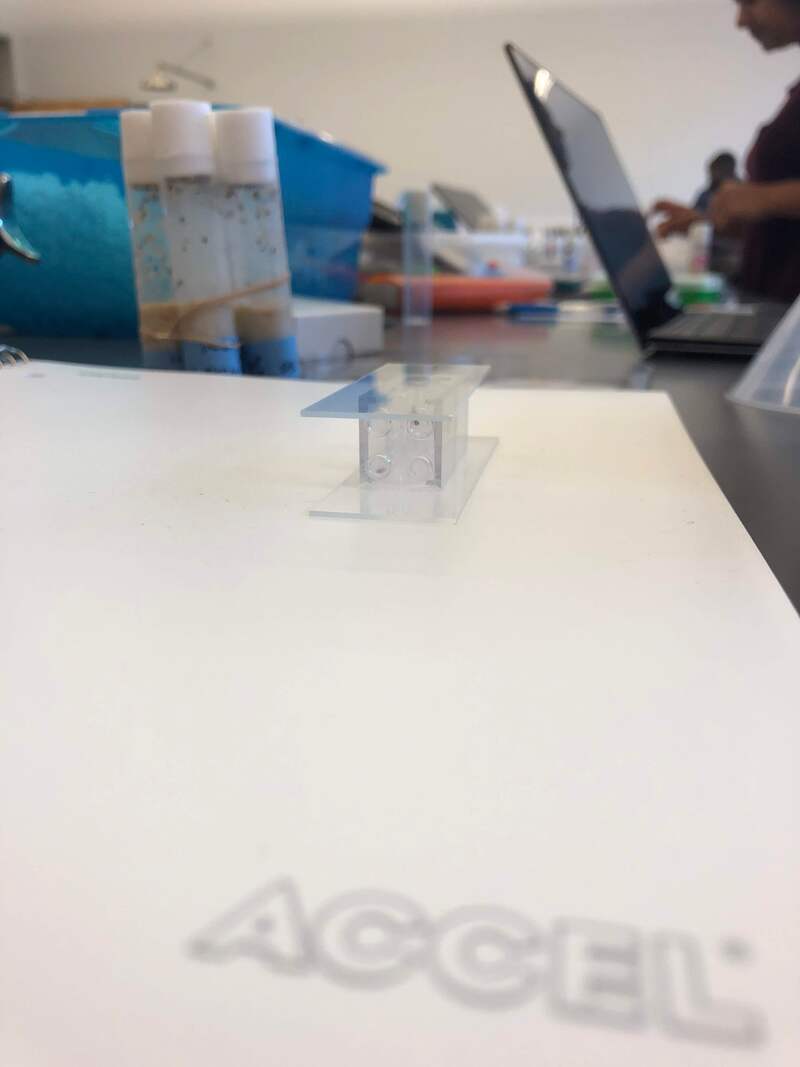
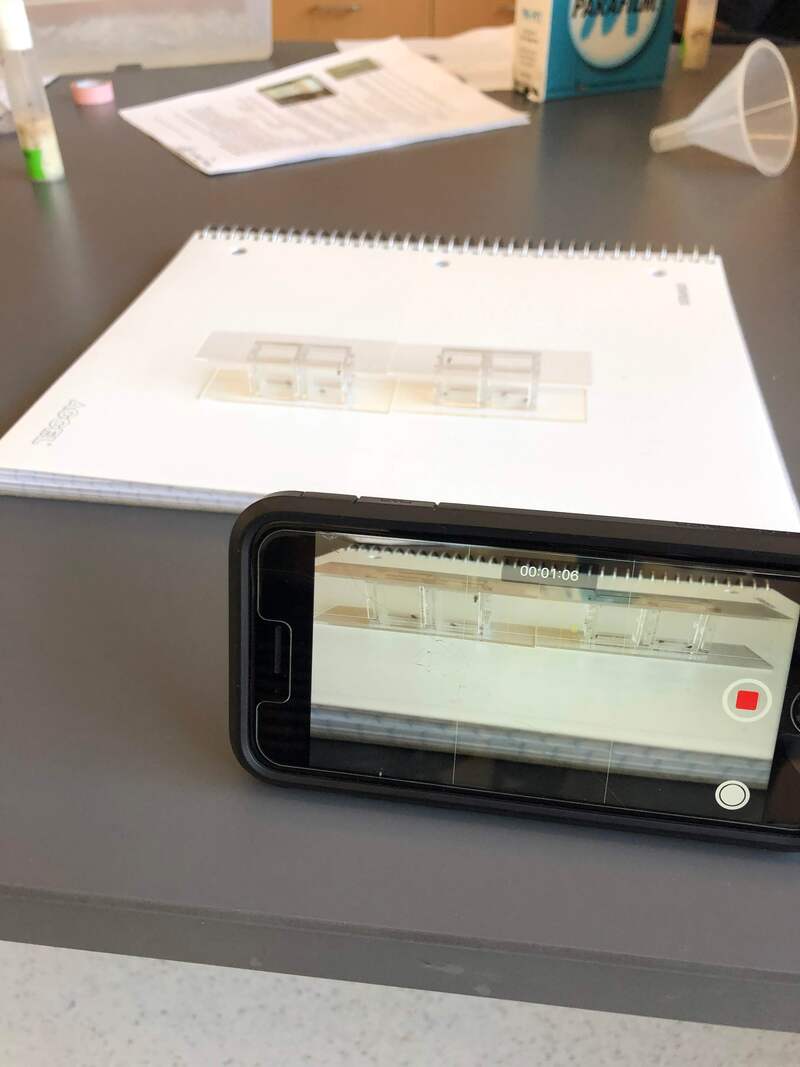
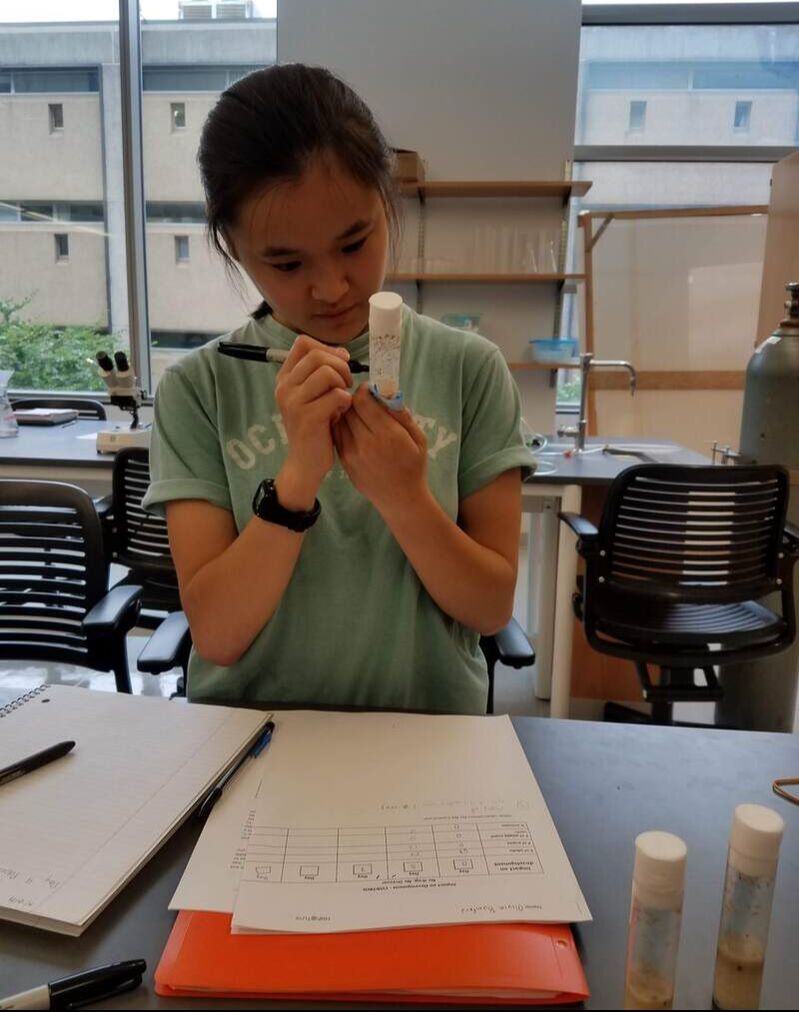
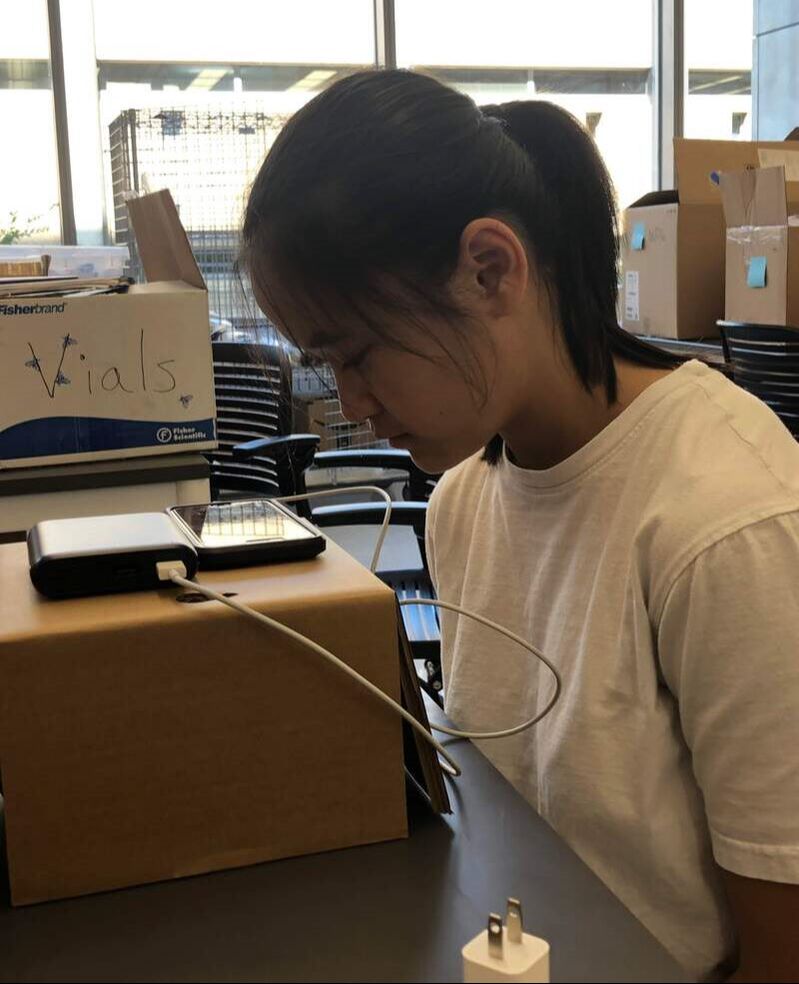
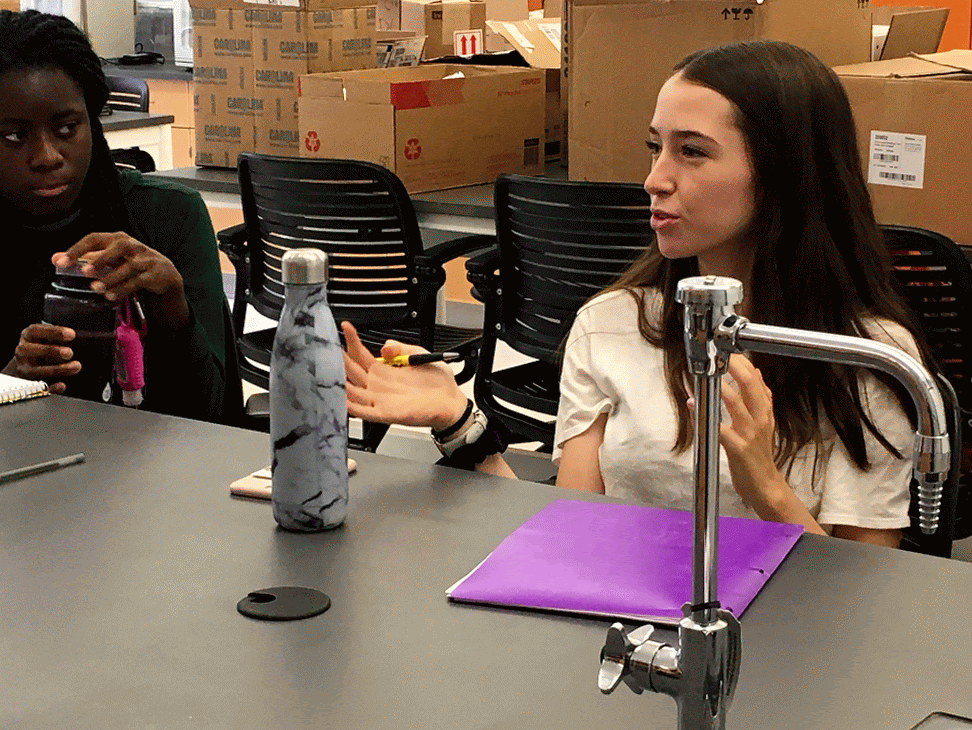
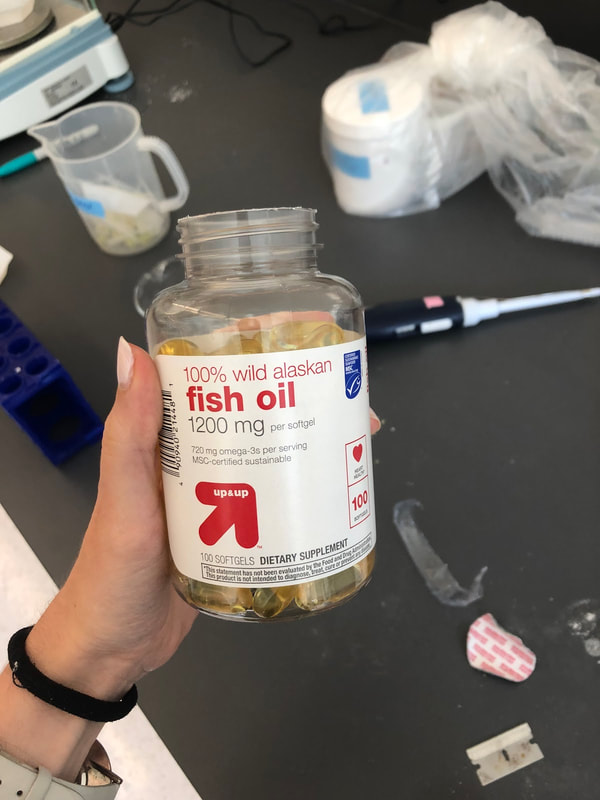
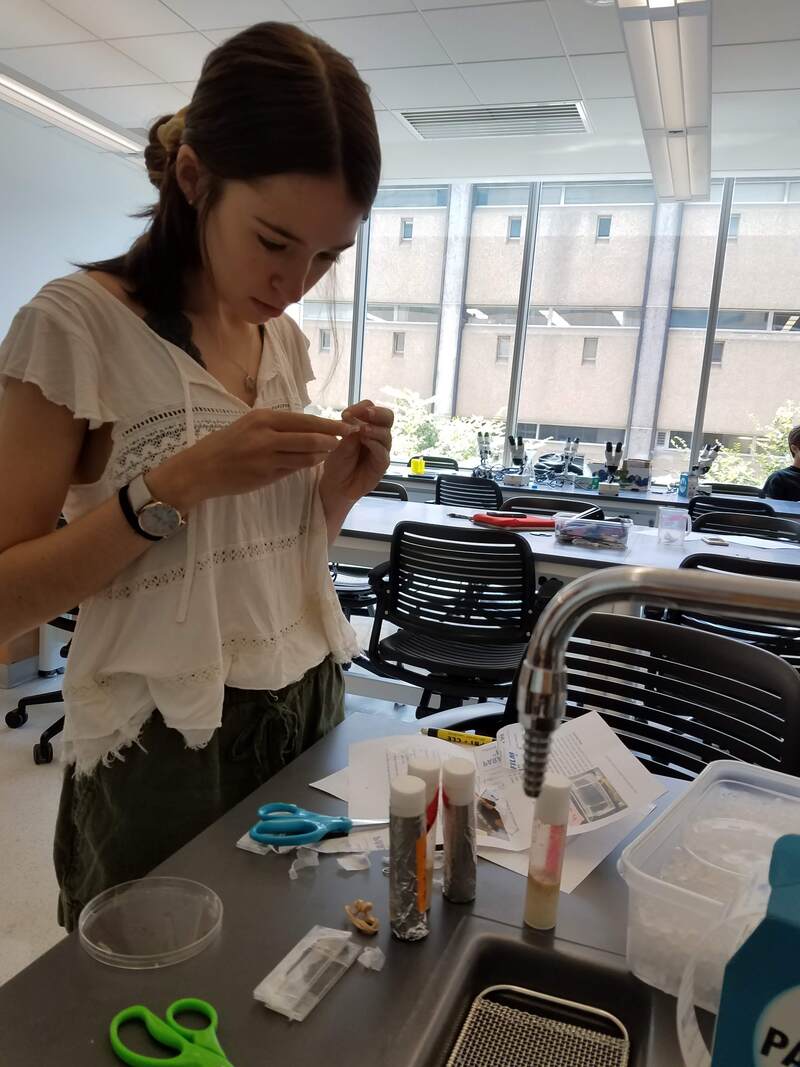
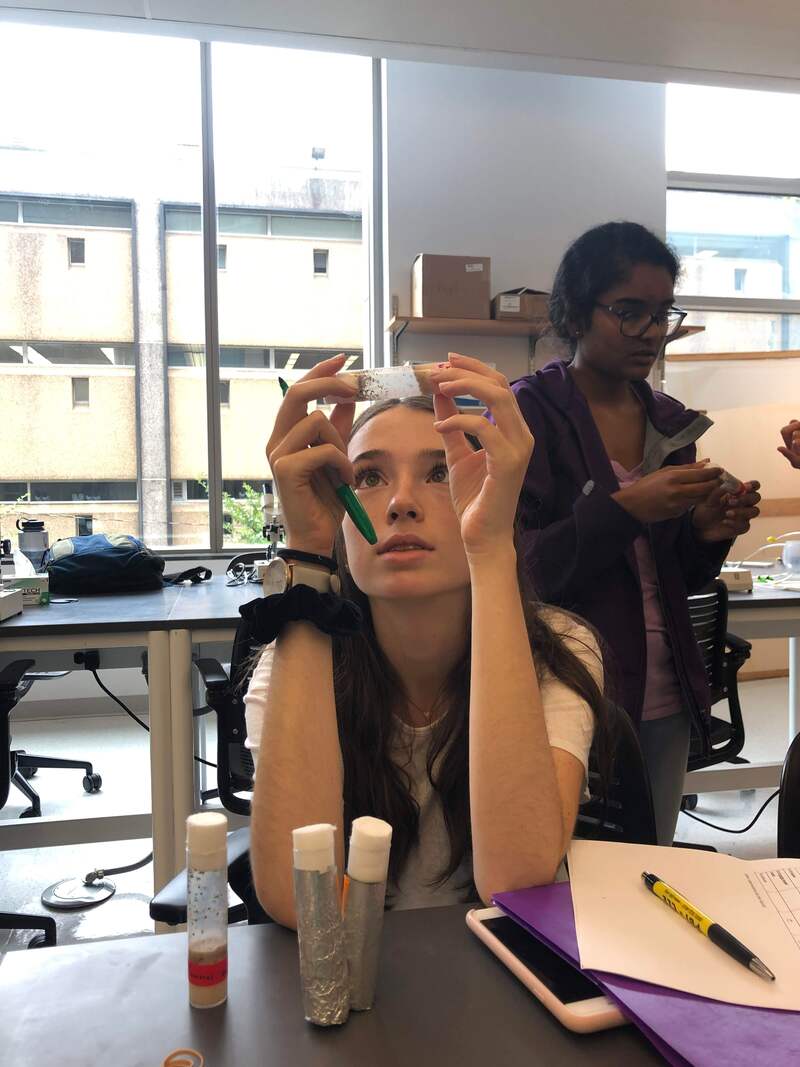
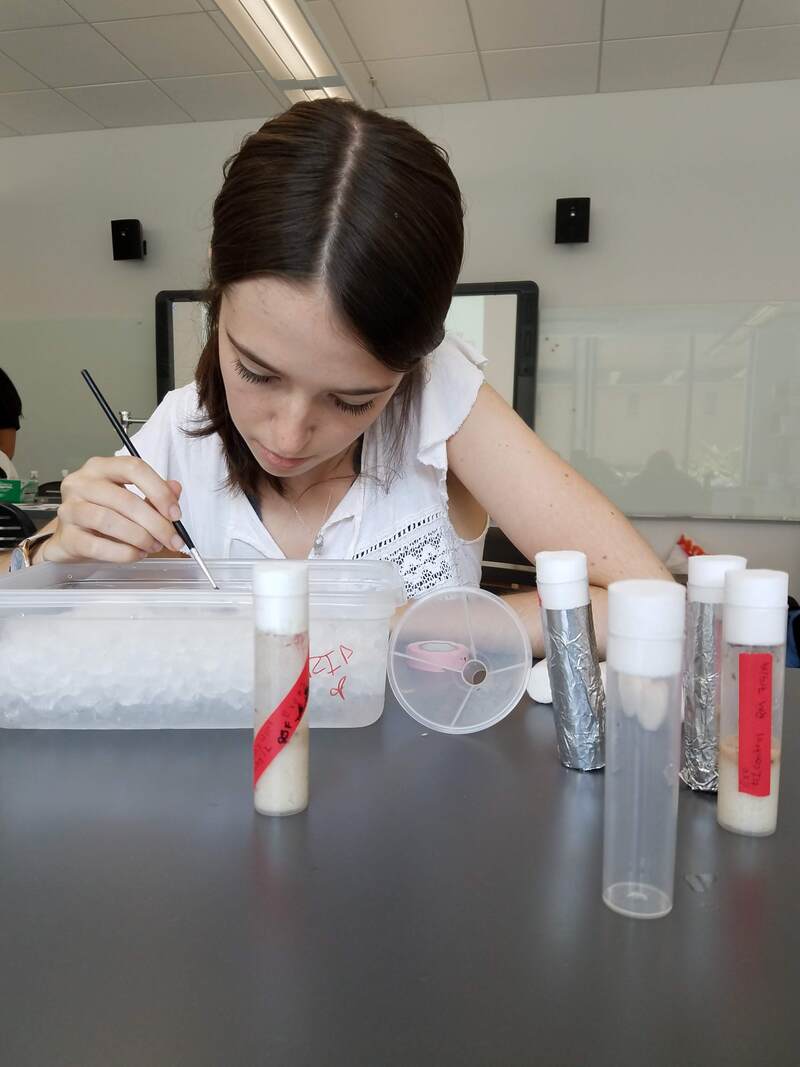
 RSS Feed
RSS Feed